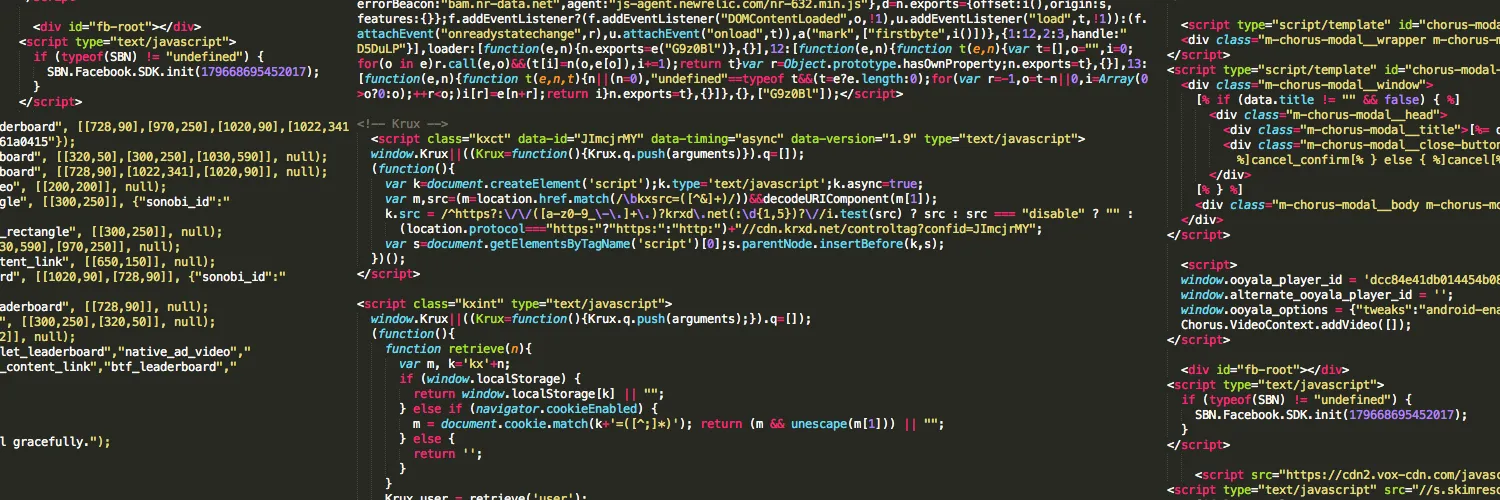Understanding the Basics of Landing Pages
A landing page is a standalone web page specifically designed for a marketing campaign. Its primary goal is to convert visitors into leads or customers. Unlike other web pages that might contain various links and distractions, a landing page focuses on a single call to action (CTA). This can be a form to fill out, a product to purchase, or any desired action that you want the visitor to take.
The Importance of Coding Skills
While traditional web development requires coding skills, you can create effective landing pages without extensive coding knowledge. Understanding basic HTML and CSS can greatly enhance your ability to customize your landing page to meet specific marketing goals.
Essential Components of a Landing Page
To effectively hack together a landing page, you need to focus on several key components:
- Headline: This is the first thing visitors see. It should be clear and compelling.
- Subheadline: A brief explanation that supports the headline and encourages further reading.
- Visuals: High-quality images or videos that align with the message of the landing page.
- Call to Action (CTA): A clear instruction on what you want the visitor to do next.
- Form: If you're collecting information, a simple form is essential.
Hacking Together Your Landing Page
Now that you understand what a landing page is and what elements it should include, let’s get into the nitty-gritty of hacking it together.
1. Choose a Platform
There are many platforms that allow you to create landing pages without needing a deep understanding of coding. Some popular options include:
| Platform | Ease of Use | Price |
|---|---|---|
| Unbounce | Very Easy | Starting at $80/month |
| Instapage | Easy | Starting at $199/month |
| WordPress with Elementor | Moderate | Free + Hosting Costs |
| Wix | Very Easy | Starting at $14/month |
2. Utilize Drag-and-Drop Builders
Most of the platforms listed above offer drag-and-drop builders, allowing you to easily arrange elements on your landing page. This means you can insert text boxes, images, and forms without writing any code. Just select the element you want and drag it to the desired location.
3. Customize with Basic HTML and CSS
If you want to take it a step further, learning some basic HTML and CSS can help you customize your landing page even more. Here are some simple code snippets you might find useful:
Styling Your Headline
To change the color and size of your headline, you can use the following CSS:
h1 {
color: #FF5733; /' Change to your desired color '/
font-size: 36px; /' Adjust size '/
}
Creating a Form
A simple form can be coded as follows:
4. Integrate Marketing Tools
To track the performance of your landing page, consider integrating marketing tools such as Google Analytics, A/B testing software, or email marketing platforms. These tools can provide valuable insights on how visitors interact with your page and help you optimize for better conversions.
5. Focus on SEO
Your landing page should also be optimized for search engines. Incorporate relevant keywords, such as referrerAdCreative, in your page title, meta descriptions, and throughout your content. This will help improve your visibility in search results and drive more organic traffic to your page.
Conclusion
Creating a landing page without coding credentials is entirely possible with the right tools and a basic understanding of web design principles. By focusing on key components, utilizing drag-and-drop builders, and integrating essential marketing tools, you can successfully hack together a landing page that converts visitors into leads. Remember to optimize for SEO with relevant keywords like referrerAdCreative to enhance your page's online presence.





